Houseplants bring nature and vitality to our indoor spaces, but did you know that some of them have the remarkable ability to grow from just a single leaf? The idea of growing houseplants from leaves may sound like a magical feat, but in the plant kingdom, it’s a natural process that showcases the tenacity and resilience of these green wonders.
If you want to propagate a new houseplant from its leaves, but aren’t sure which one is well-suited to your indoor garden or plant care habit, we’ll introduce you to a diverse array of houseplants that suit your style and preference.
#1. Snake plant
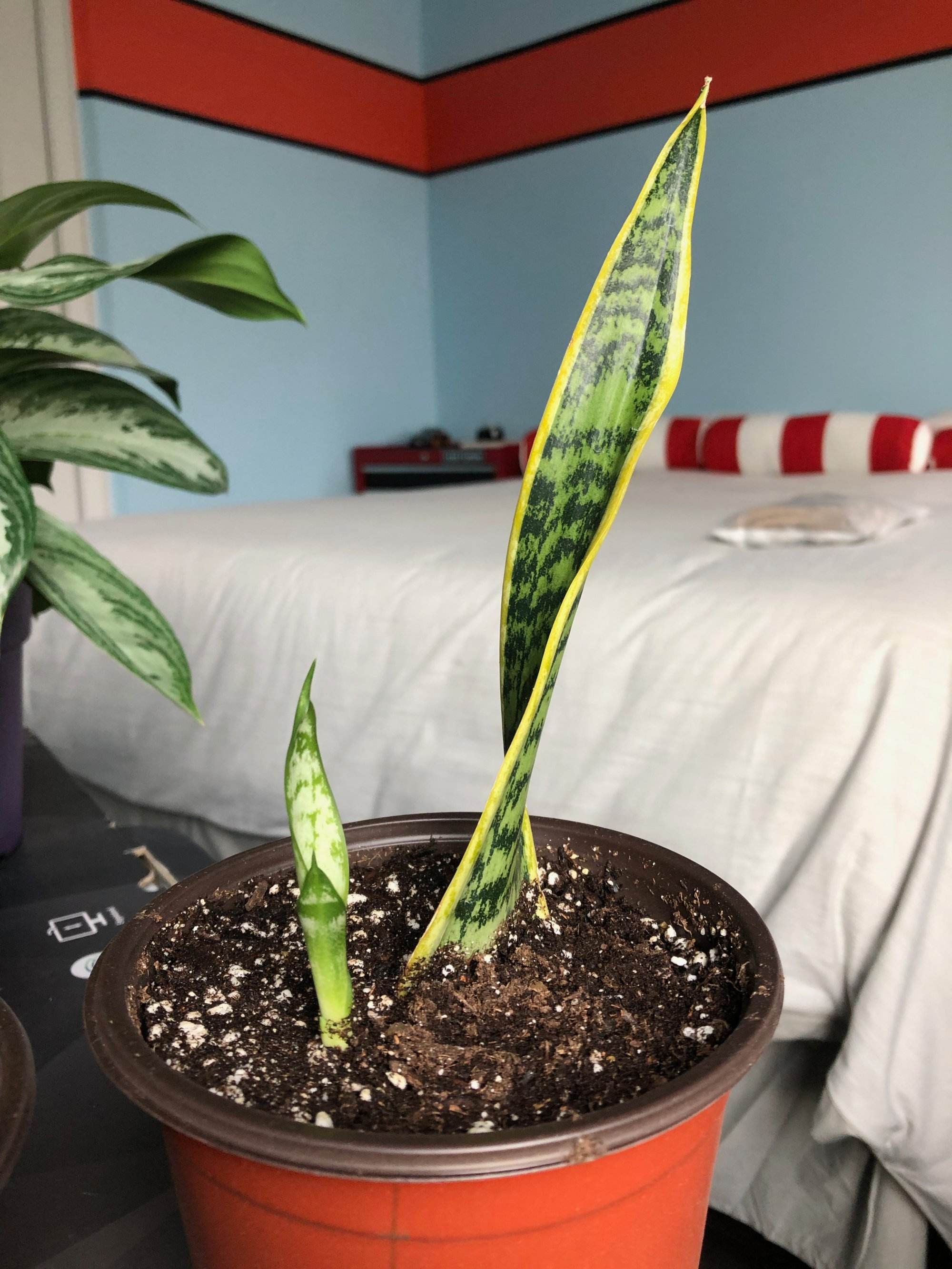
Snake plants are one of the easiest and most rewarding houseplants to grow and share with others. There are a few different methods you can use to propagate snake plants from leaves, such as water, soil or division method.
#2. Peperomia
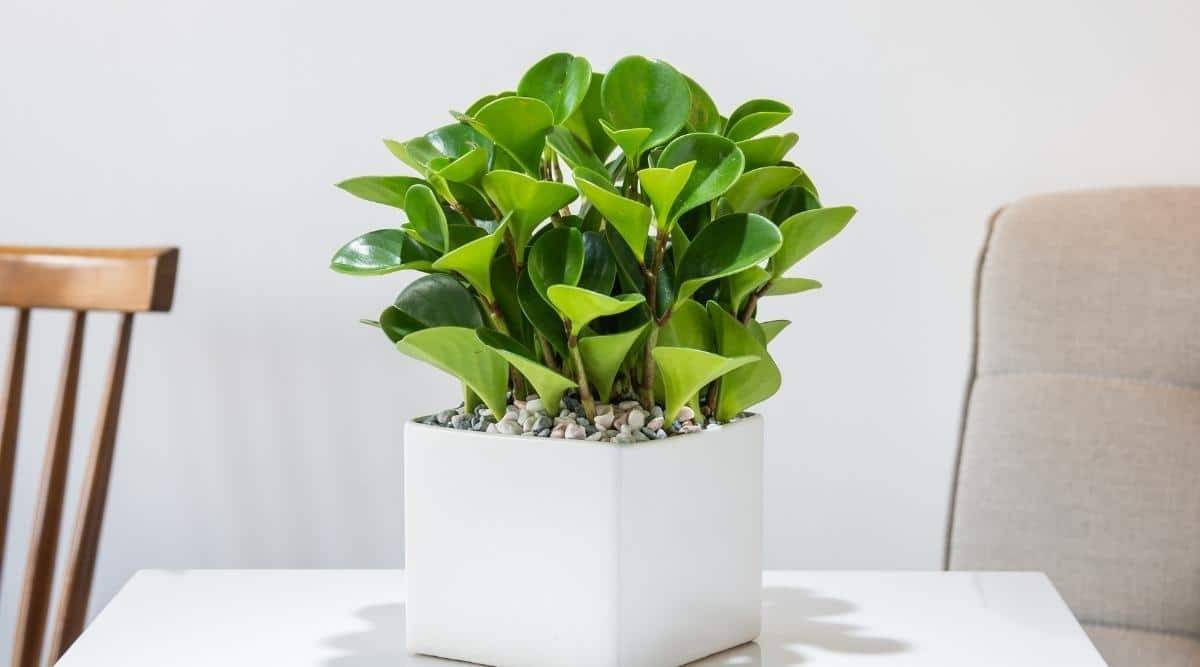
Peperomia plants are lovely and easy-to-grow houseplants that come in many shapes and sizes. Whether you plant its leaf in water or soil, you need to keep it in a bright spot but away from direct sunlight.
#3. African violet
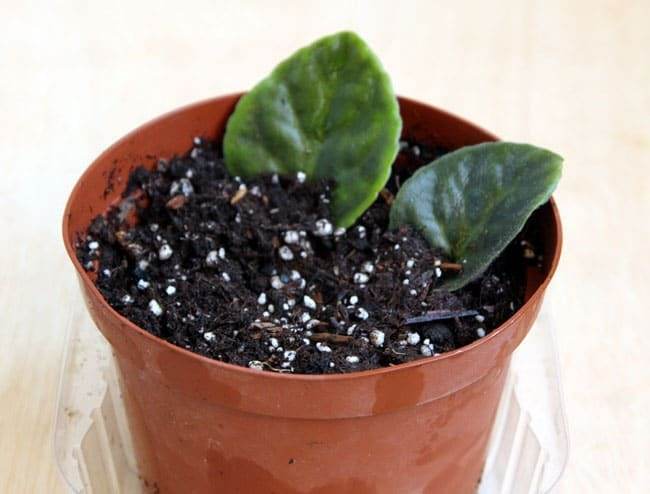
To care for your new African violet plant, you need to provide it with similar conditions as its parent plant. The secret to keeping it healthy is bright indirect light, moderate temperatures, well-draining soil and high humidity.
#4. ZZ plant
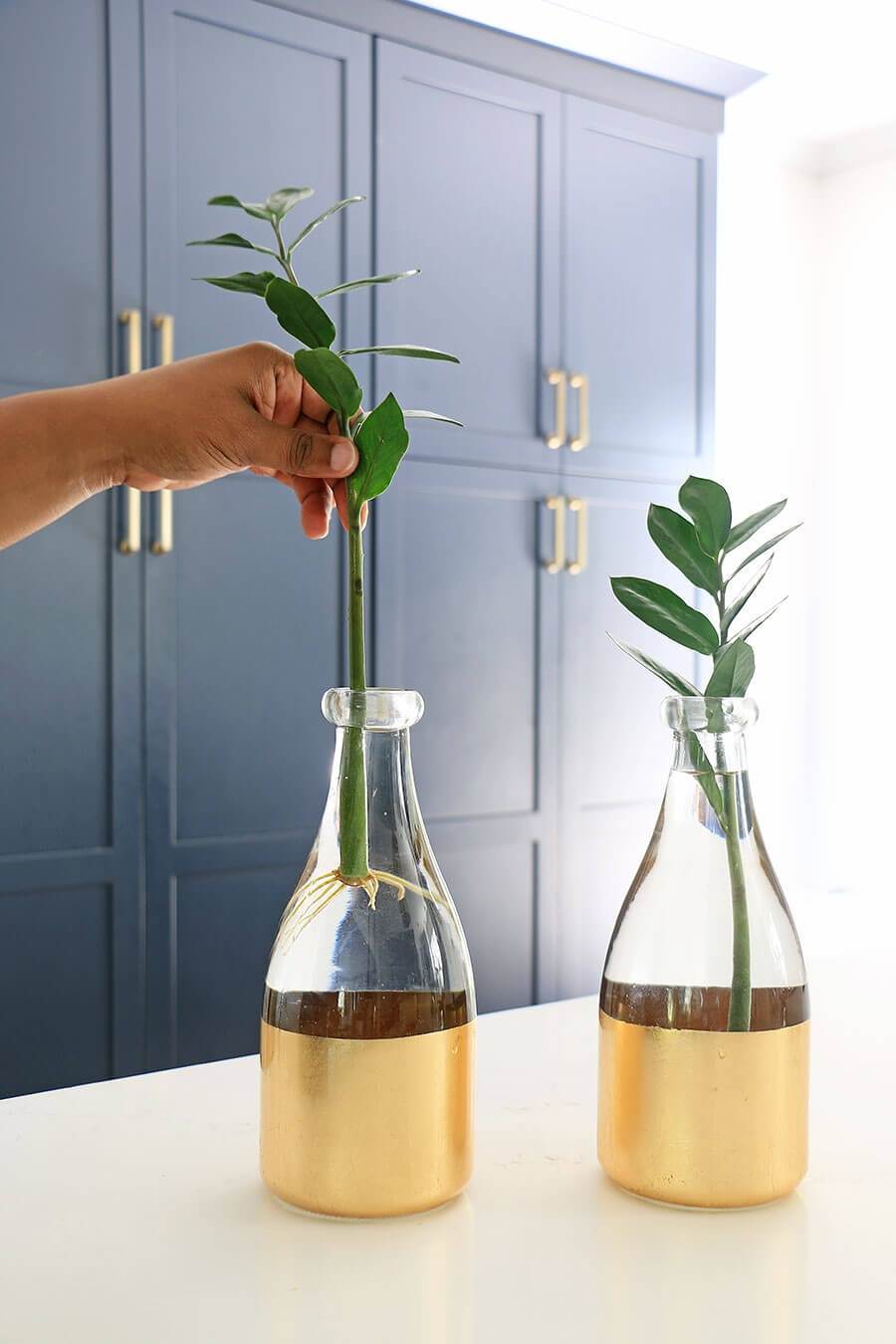
ZZ plant can be propagated either in water or in soil. It does not like to be overwatered or exposed to cold drafts or direct sunlight.
#5. Begonia
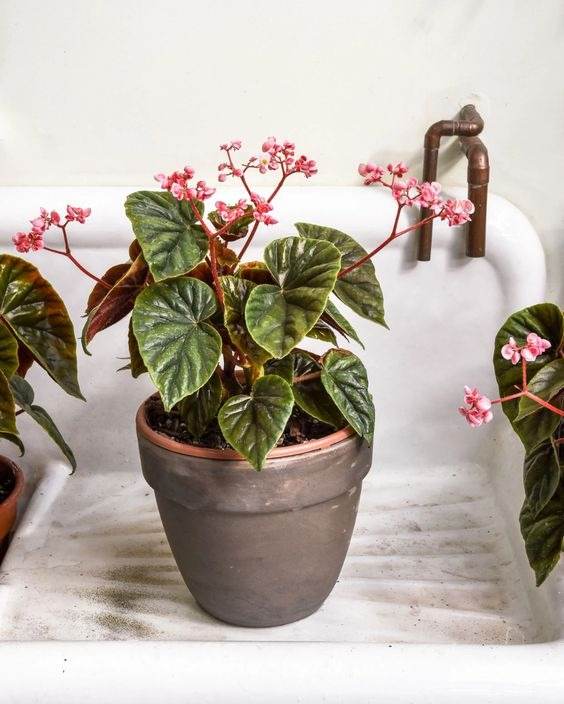
Begonias are a diverse and beautiful group of plants that can brighten up any indoor or outdoor space. No matter you choose water, soil or wedge method to propagate begonia, make sure you use a sharp, clean tool to cut the leaves and let them dry for a day or two before planting them.
#6. Kalanchoe
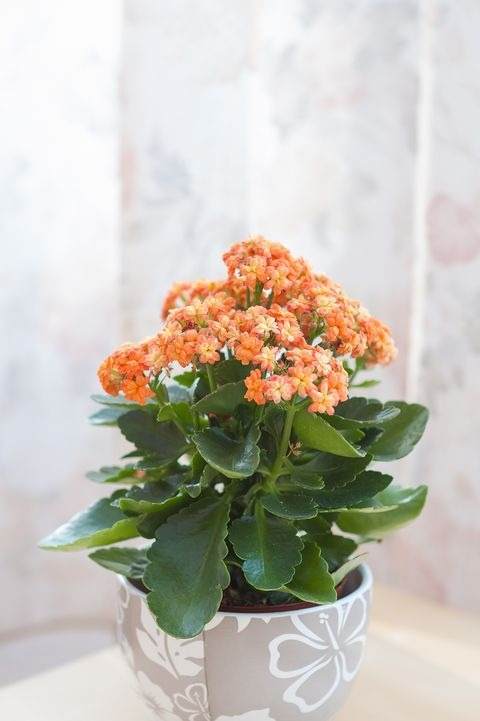
Kalanchoe plants are lovely and versatile plants that can be easily propagated from leaves. Whether you plant the leaf in water or soil, remember to keep it in a bright spot but away from direct sunlight. You also need to maintain a warm and humid environment for the cutting to root.
#7. Jade plant
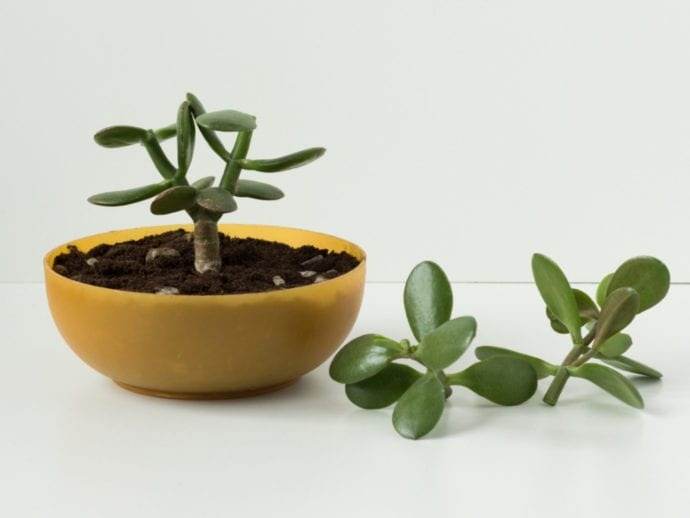
Jade plants are beautiful succulents that can be easily propagated from leaves or stem cuttings. After cutting the leaf and planting it in the pot, in the next few weeks, you will see tiny roots and baby plants emerging from the base of the leaves.
#8. Hoya Kerrii
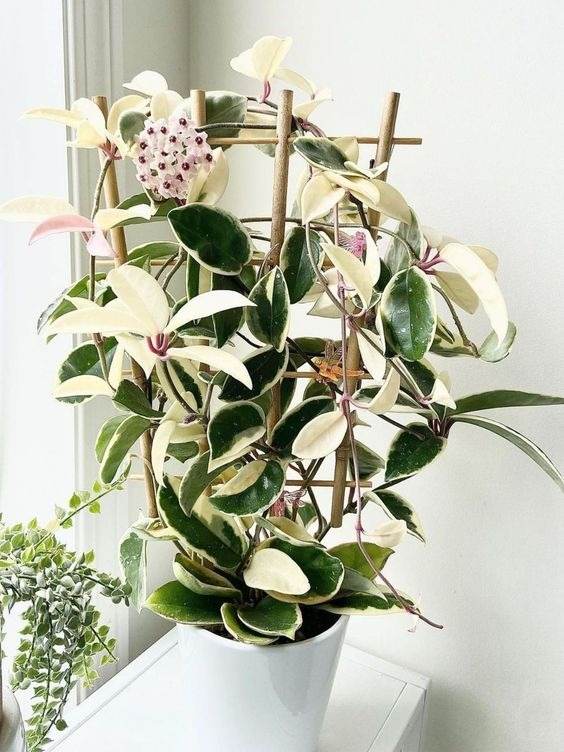
Hoya plants can be propagated from leaves, stems, air layering, or seeds. To care for your hoya kerrii, you need to provide it with bright indirect light, moderate watering, good drainage, and occasional fertilizing.
#9. Chinese money plant
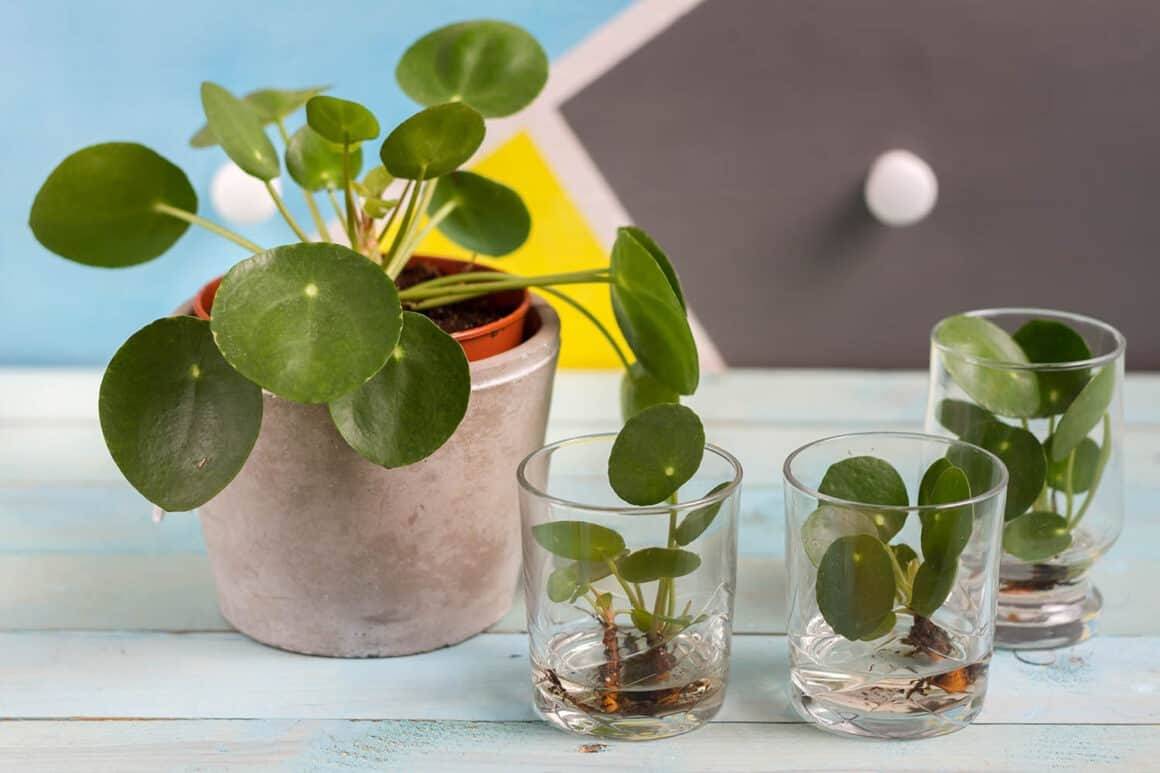
The Chinese money plant is a popular houseplant with round, coin-like leaves. To care for your Chinese money plant, you need to provide it with bright indirect light for at least 4 hours a day, moderate watering, a well-draining pot and a cool and dry environment in winter.
#10. Echeveria
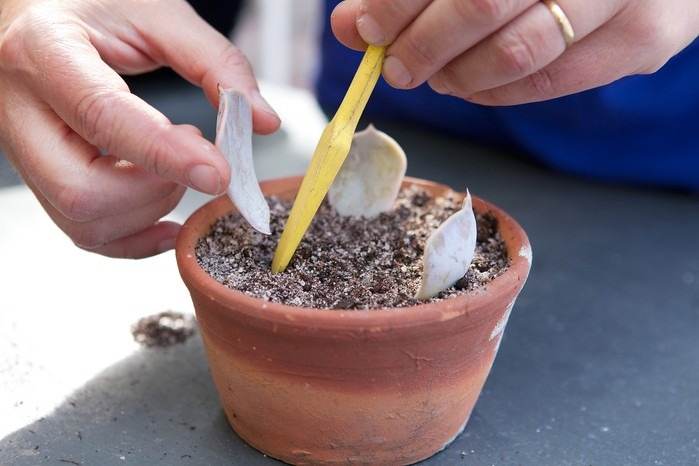
Echeveria is known for its attractive rosette-shaped leaves that come in various colors and textures. When propagating, you should place the leaves on top of the soil, with the cut end slightly touching the surface. Do not bury them in the soil or they may rot.
#11. Burro’s Tail
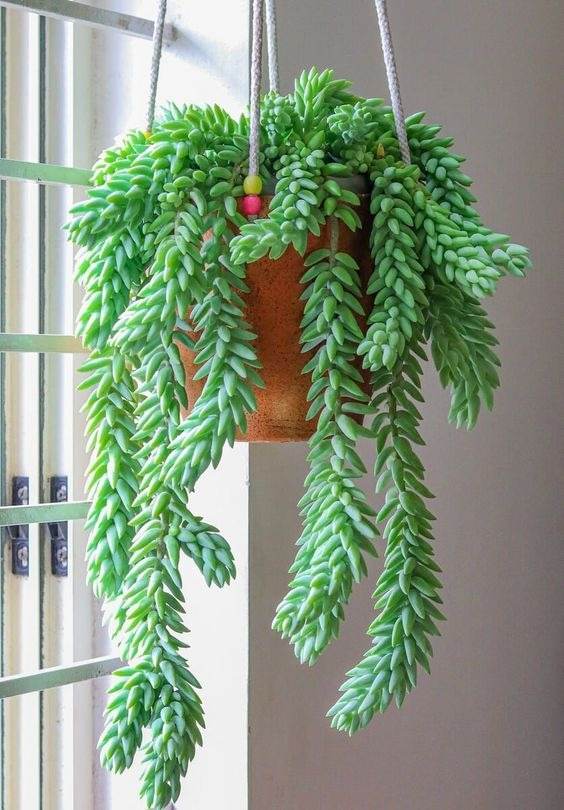
Propagating burro’s tail from leaves is a simple and fun way to create new plants from fallen or detached leaves. To support its growth, you should water the soil lightly when it feels dry, but not wet.
#12. Swedish Ivy
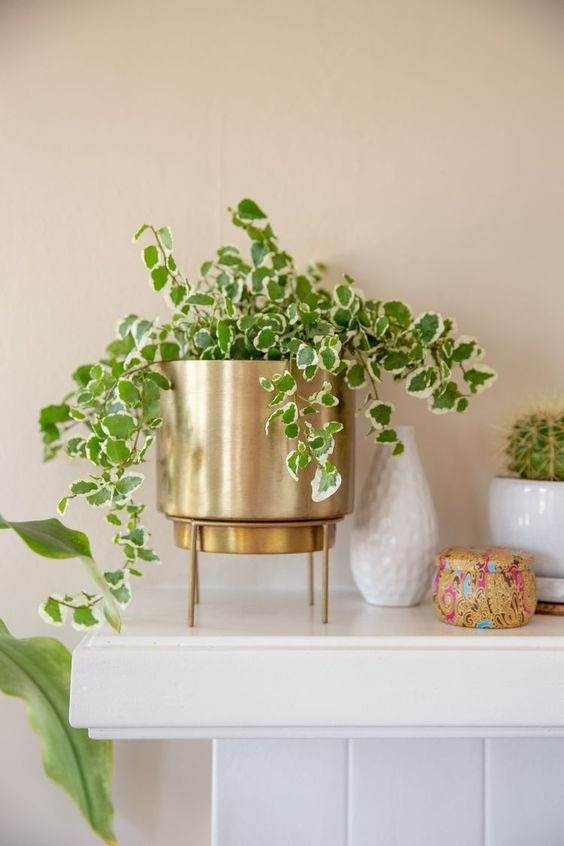
Swedish ivy is a fast-growing and easy-to-care-for houseplant that can be propagated from leaves or stem cuttings. Because Swedish ivy plants can store water in their leaves and are drought-tolerant, they prefer to be under-watered.
#13. Christmas Cactus
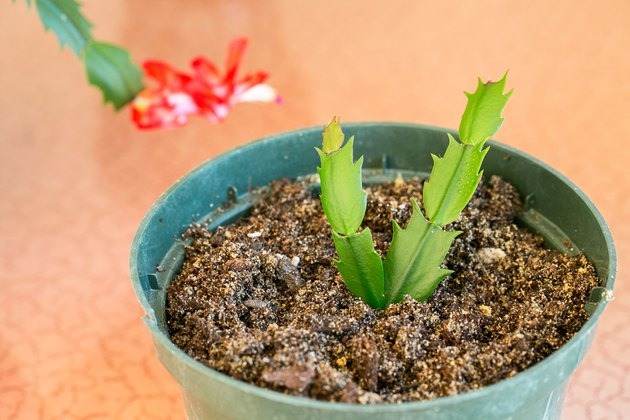
Christmas cactus is a popular houseplant that can produce beautiful and colorful flowers around the holiday season. To care for a new Christmas cactus propagated from leaves, you should provide it with bright indirect light for at least four to five hours a day.
#14. Aloe
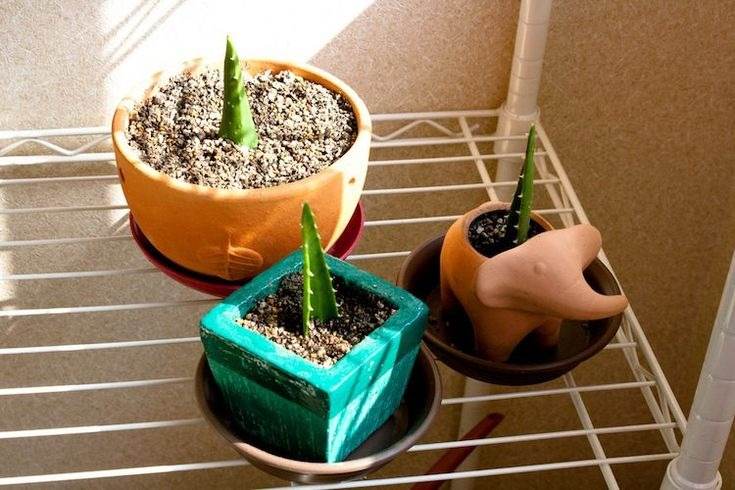
Aloe vera is a succulent plant that has many benefits for health and beauty. It is also easy to propagate from leaves. When choosing leaves to propagate a new plant, look for a leaf that is uniformly colored without any spots or marks.
#15. Stonecrops
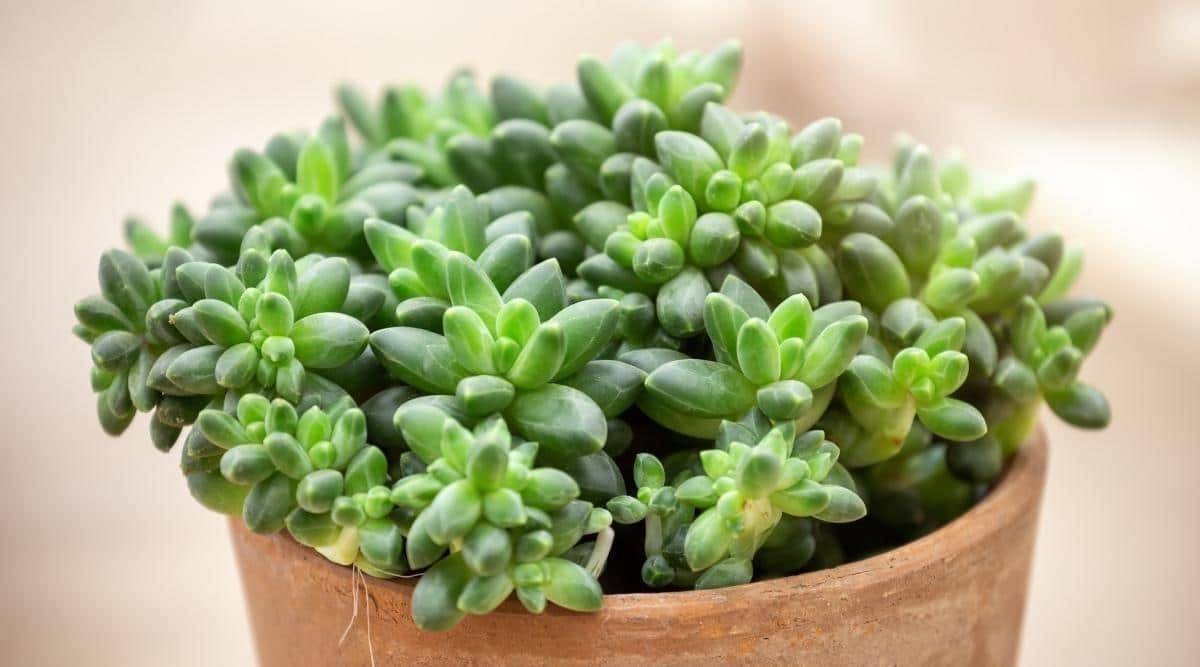
Stonecrops have fleshy leaves that store water and can survive in dry and rocky conditions. Once you see new roots forming from the base of the leaves, you can transplant the new plants into individual pots with similar soil.
As you explore the propagation journey of various houseplants, you’ll be rewarded with the joy of watching new roots develop and leaves unfurl into tiny plantlets. Now, let’s roll up your sleeves, get your hands dirty and share with us your botanical wonders.
